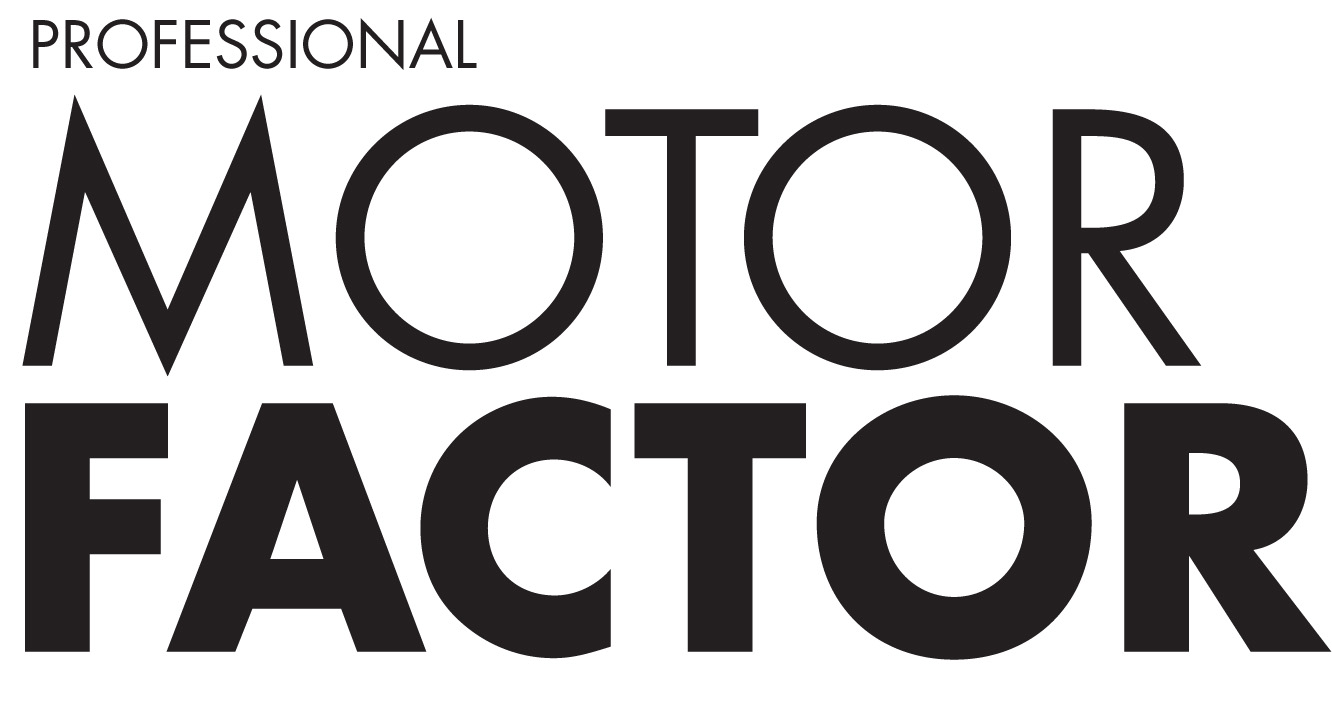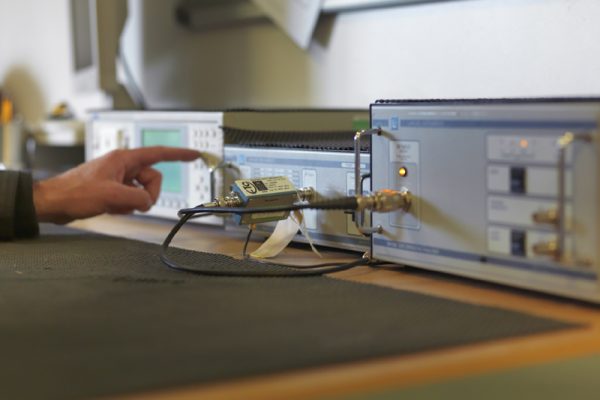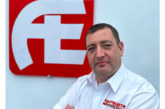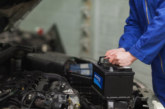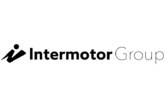2018 marks the 40th anniversary of the renowned tool supplier Jack Sealey Ltd. In honour of this significant milestone, PMF was invited for an in-depth tour of the company’s complex in Bury St. Edmunds, Suffolk.
To many, it may come as some surprise to discover that Jack Sealey is not a real person. The company’s name is actually a compound of the founder’s surname, John Sealey, and the piece of equipment through which he first found success: the trolley jack. Back in 1978, John Sealey started his business by selling these jacks out of the boot of his car, gradually growing his customer base until he was able to move into premises from which he could trade. Today, Jack Sealey Ltd. has a 400-strong work force, a warehouse facility that is 430,000 sq ft in area, and annual revenue of £67 million at last measure. So it’s fair to say that there has been a considerable amount of progress in the last 40 years.
This is very impressive, but two aspects stand out most when taking a walk around the Sealey facilities. The first of these is the familiarity with which all employees treat each other. It speaks volumes that the Managing Director, Mark Sweetman, was happy to take time out of his day to present what the company has to offer. As we moved between warehouses, Mark regularly started up conversation with any employee who happened to cross our path. As it turned out, he knew many of them from when he worked in the warehouse himself.
Having left school, Mark joined Sealey as a warehouse worker and over time climbed the ladder to the very top. His exposure to multiple levels of the company’s infrastructure has given him a very deep understanding of exactly what keeps the cogs turning, no matter how small the cog may be. This idea, that every person has a part to play in the success of Sealey, is well entrenched in the company’s ethos.
The second of the two aspects is how seriously Sealey takes its customer relationships, particularly those with its motor factor clients. After all, approximately 65 to 70% of its business is done with factors. And more often than not, these customer relationships start with a simple phone call.
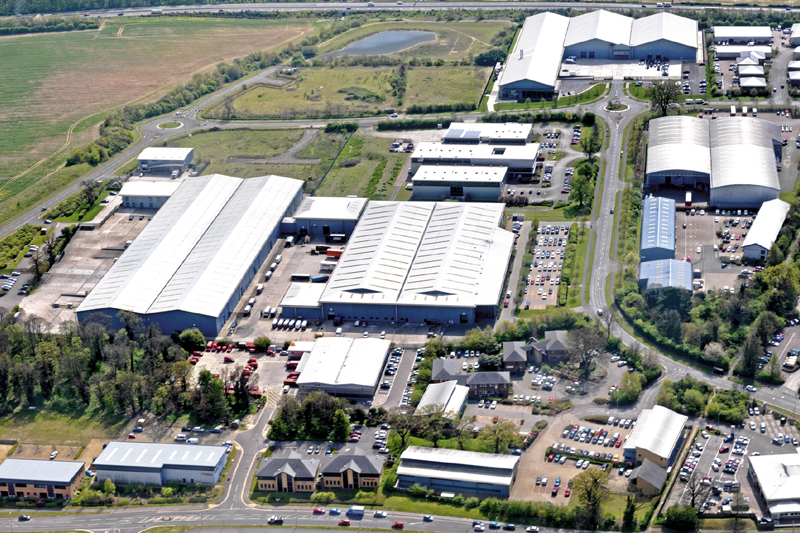
The customer comes first
On average, the customer service call centre takes between 1,600 to 2,000 phone calls a day. It’s a point of pride with Sealey that it aims to answer every call that comes through within three seconds, simply to show respect for the customer’s time.
The main call centre handles queries on stock availability, pricing, ordering programmes and requests for technical information. A separate area handles the sales calls so that the whole operation is streamlined to deliver a high level of service. In a similar vein, technical support is right next door to the call centre so that the time it takes to reply to a technical enquiry is limited. Every technical issue is logged so that should it arise again, the appropriate information will be close at hand.
Stocks to satisfy demand
Sealey makes every effort to try and keep up with the latest trends and issues within the industry. This includes the changes in the way factors are stocking their wares. To reduce the cost of property, factors are now relying more on the supplier to hold stock for them, which may go some way to explaining the £55 to 60 million worth of product held at the company’s complex at any one time. That’s not to mention the 130,000 different spare parts stored at the new service centre down the road from the main warehouse.
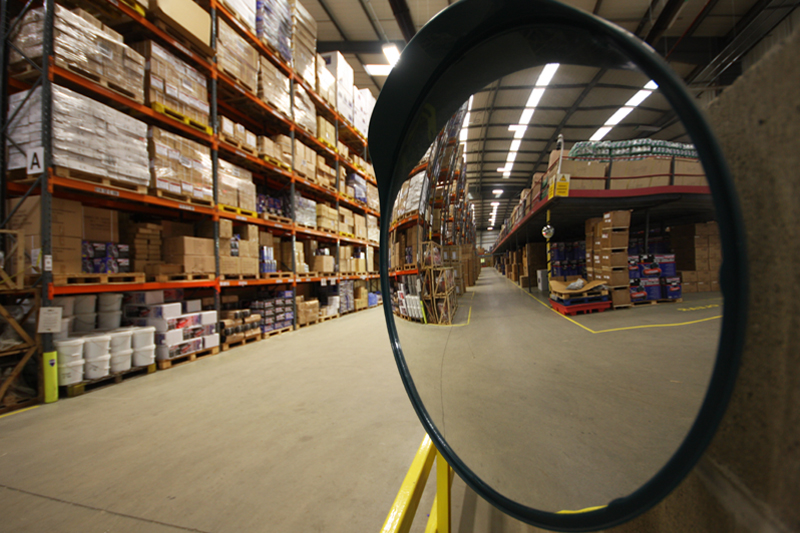
It’s one thing to have all this product organised and tucked away, it’s another thing entirely to have the mechanisms in place to ensure it is delivered on time and in line with customer demand. A team of 10 forklifts ensures that this is the case for the larger items in the catalogue. For the smaller references, Sealey has installed an automated picking system that keeps track of exactly what goes in and out the facility, helping to keep the immediate stock availability at a lofty 99.1%. What’s more, if a customer orders a spare part before 5.30pm, then it is dispatched that same day.
Quality and testing
Yet, it is what happens before the picking and delivering part of the process that differentiates Sealey from its competitors. Before a product makes it onto the shelves, it must pass a myriad of tests to make sure it meets the required standards. As Mark pointed out, “If a single product is found to be below the expected requirements it could, in all likelihood, damage the reputation of the wider company name. It is part of the risk that comes with using only one brand name, and why we take quality control very seriously.”
Meeting requirements
Sealey has eight employees whose sole responsibility is testing the quality of the sourced products. Below is a guide to just some of the procedures that are carried out by the company:
EMC – The European Electromagnetic Compatibility (EMC) directive limits the amount of electromagnetic radiation a device can emit.
RoHS – The European Restriction of Hazardous Substances (RoHS) directive dictates that some compounds are harmful and their use in manufacture should be restricted or prohibited.
Axle Stand Load – A random selection of vehicle support stands from every delivery is tested to ensure that it exceeds the weight it claims to be able to carry.
Further tests include: Portable Appliance Test (PAT), Hand & Arm Vibration Test, Hardness Test, and Torque Wrench Calibration.
Fault-finding and aftersales
Despite a rigorous approach to quality control, it is inevitable that some products may fail at some point in their lifetime. However, Sealey has processes in place to deal with this as well.
When the company has an item returned due to a reported fault, it undergoes extensive investigation to understand exactly what is wrong. If it is due to the way the customer has handled the product, then photographic evidence is sent through to the customer explaining exactly what has happened.
However, if it is a genuine fault, then one of two options becomes available. With an item of relatively low value, a replacement is sent out immediately. If it is of higher value, Sealey’s team of onsite engineers will strip it down to find the cause of the problem, and repair it to full working condition. The company aims to have all such issues dealt with within 48 hours of the product’s arrival at the facility.
When it comes to ordering spare parts, these can be sent out upon request from the company’s extensive 130,000 part stock holding. This number is so high partly due to a seven year policy: “We aim to hold a full inventory of spare parts for products, even if the product was discontinued up to seven years previously,” Mark explained.
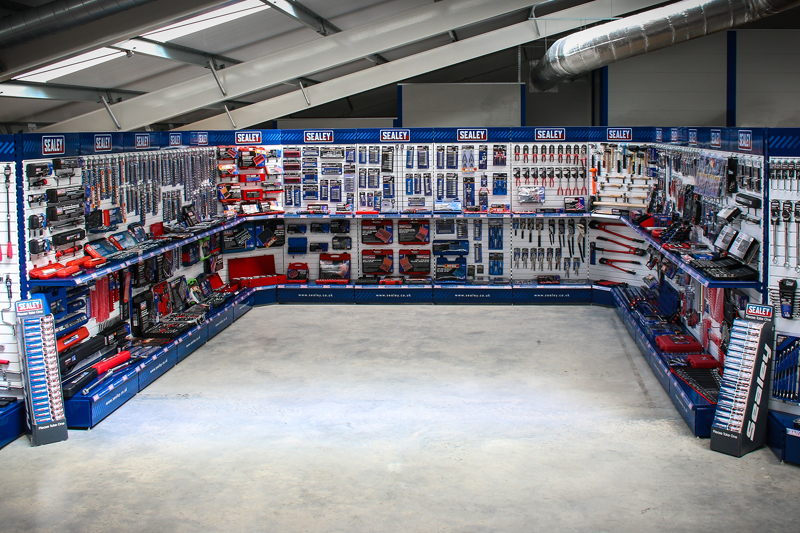
What’s in it for the factor?
Beyond everything that has already been discussed, there is still one more hidden treasure. In the roof space of the new service centre, lies the Sealey showroom. Not widely publicised, the company would like to stress that this provides the perfect location for distributors to host events with its customers to talk business and browse the product ranges that line the walls. Sealey invites motor factors from across the UK to come and take a look around the showroom to discuss potential buying opportunities and to get some face-to-face time with company representatives.
If this is of interest, please get in touch with Sealey on 01284 757500.

